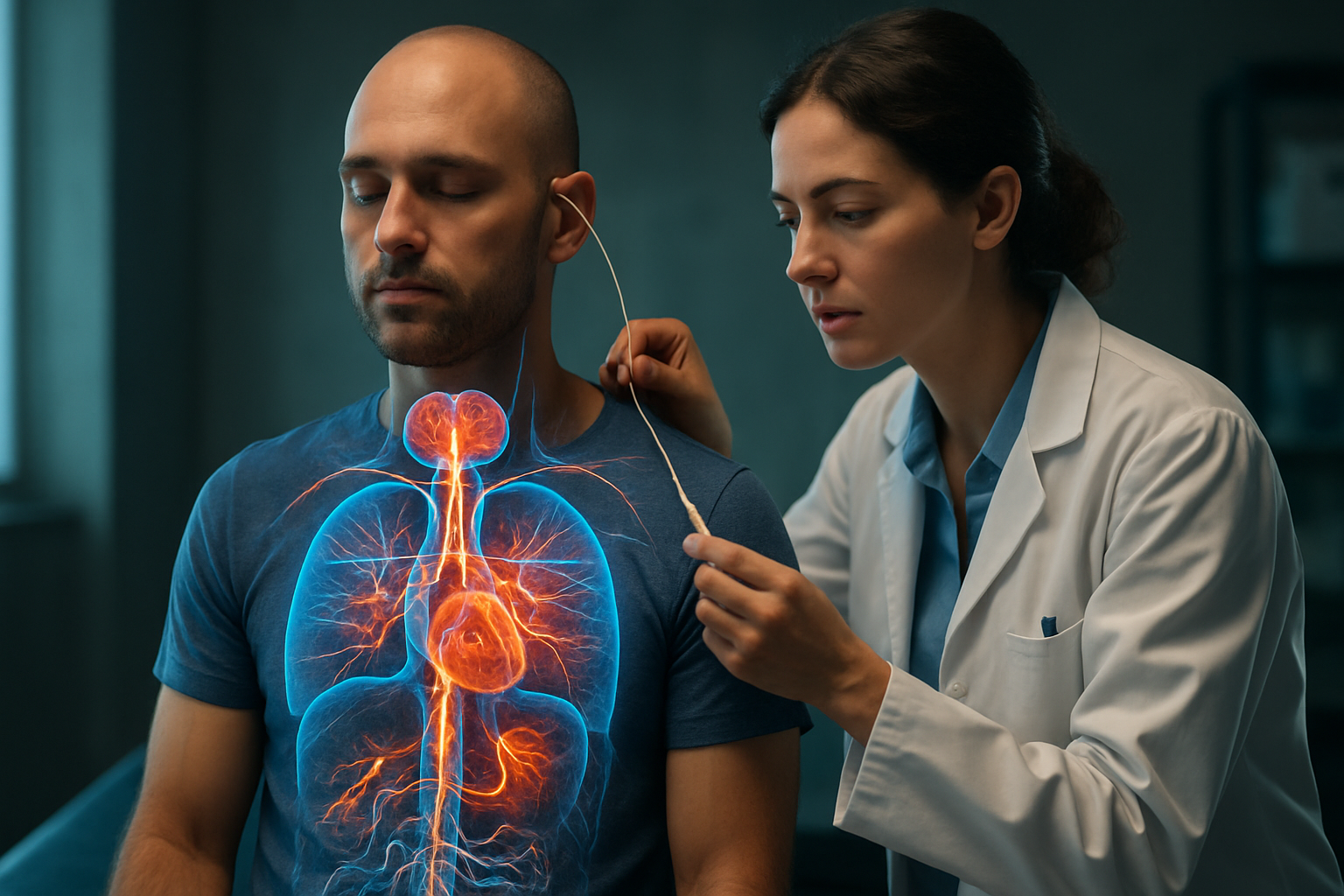Modern Osteoporosis Treatment: AI Diagnostics and New Therapies
Osteoporosis affects millions worldwide, leading to fragile bones and increased fracture risk. Recent medical advances have revolutionized how we diagnose, assess, and treat this condition. From artificial intelligence-powered risk assessment tools to innovative non-invasive screening methods, the landscape of bone health management continues to evolve rapidly.

The field of osteoporosis treatment has undergone significant transformation in recent years, driven by technological innovations and deeper understanding of bone biology. Healthcare professionals now have access to sophisticated diagnostic tools and treatment options that were unimaginable just a decade ago. These developments offer hope for better patient outcomes and more personalized care approaches.
How Machine Learning Transforms Osteoporosis Risk Assessment
Recent advances in osteoporosis risk assessment using machine learning and explainable AI have created new possibilities for early detection and prevention. These systems analyze vast amounts of patient data, including medical history, lifestyle factors, and genetic markers, to predict fracture risk with unprecedented accuracy. Machine learning algorithms can identify subtle patterns in bone density scans, blood tests, and other diagnostic data that human clinicians might miss. Explainable AI ensures that healthcare providers understand how these systems reach their conclusions, maintaining transparency in clinical decision-making. This technology enables more precise risk stratification, allowing doctors to intervene earlier and tailor treatment plans to individual patients.
Revolutionary Non-Ionizing Bone Health Screening Methods
Emerging diagnostic tools like Radiofrequency Echographic Multi Spectrometry (REMS) for non-ionizing bone health screening represent a breakthrough in osteoporosis detection. Unlike traditional DEXA scans that use X-rays, REMS technology employs radiofrequency waves to assess bone density without radiation exposure. This innovation makes bone health screening safer and more accessible, particularly for patients who require frequent monitoring or those concerned about radiation exposure. REMS devices can be used in various clinical settings, from primary care offices to specialized bone health clinics, expanding access to diagnostic services in underserved areas.
Growth in Newer Osteoporosis Treatments and Global Drug Patterns
The growth in newer osteoporosis treatments, particularly anabolic agents and changing drug usage patterns globally, reflects the evolution of therapeutic approaches to bone health. Anabolic medications like teriparatide and romosozumab stimulate bone formation rather than simply preventing bone loss, offering new hope for patients with severe osteoporosis. These treatments represent a shift from traditional antiresorptive therapies to more dynamic approaches that actively rebuild bone tissue. Global usage patterns show increasing adoption of combination therapies and sequential treatment protocols, where patients may receive different medications at various stages of their condition.
Nutrition and the Gut-Bone Connection in Bone Density Maintenance
The role of nutrition gut-bone axis and supplements in maintaining bone density has gained significant attention in recent research. Scientists have discovered that gut microbiota plays a crucial role in calcium absorption, vitamin D metabolism, and bone formation. This connection explains why certain probiotics and prebiotics may support bone health beyond traditional calcium and vitamin D supplementation. Nutritional interventions now consider the complex interplay between digestive health and bone metabolism, leading to more comprehensive dietary recommendations for osteoporosis prevention and treatment.
Environmental Threats to Bone Health
Environmental factors and lesser-known risks, including microplastics, are increasingly recognized as contributors to accelerating bone loss. Research suggests that exposure to certain chemicals, air pollutants, and even microscopic plastic particles may interfere with bone metabolism and hormone regulation. These environmental toxins can disrupt the delicate balance between bone formation and resorption, potentially accelerating osteoporosis development. Understanding these risks has led to recommendations for reducing exposure through lifestyle modifications and environmental awareness.
| Treatment Type | Provider Examples | Cost Estimation |
|---|---|---|
| DEXA Scan | Radiology Centers, Hospitals | $150-$300 per scan |
| REMS Screening | Specialized Clinics | $200-$400 per assessment |
| Anabolic Therapy | Endocrinology Practices | $2,000-$4,000 monthly |
| Traditional Bisphosphonates | General Practitioners | $20-$100 monthly |
| Comprehensive Bone Health Programs | Osteoporosis Centers | $500-$1,500 initial consultation |
Prices, rates, or cost estimates mentioned in this article are based on the latest available information but may change over time. Independent research is advised before making financial decisions.
Future Directions in Osteoporosis Care
The integration of artificial intelligence, advanced imaging techniques, and personalized medicine approaches continues to reshape osteoporosis treatment. Healthcare providers increasingly recognize that effective bone health management requires a multifaceted approach combining cutting-edge diagnostics, targeted therapies, nutritional interventions, and environmental awareness. As research progresses, patients can expect even more precise diagnostic tools and treatment options tailored to their individual risk profiles and health conditions.
This article is for informational purposes only and should not be considered medical advice. Please consult a qualified healthcare professional for personalized guidance and treatment.




